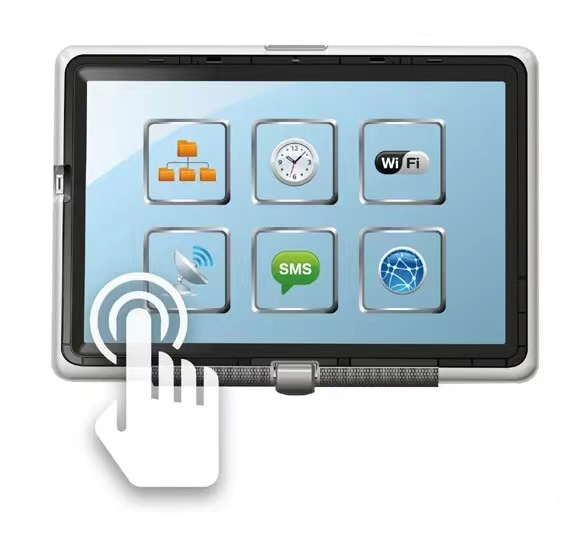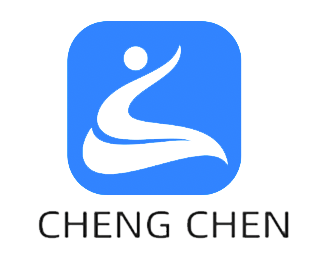Book Appointment Now

The technical development and application of touch screen display
With the continuous development of technology, touchscreen displays have become an indispensable part of our daily lives. From smartphones, tablets, smart homes to public query systems, the applications of touchscreen displays have penetrated into various fields. This article will delve into the technology, applications, and development trends of touchscreen displays.
I. Technology of Touchscreen Displays
The technology of touchscreen displays mainly consists of two types: resistive and capacitive.
Resistive Touchscreen Displays
Resistive touchscreen displays are composed of two layers of thin films. When a finger or stylus is pressed on the screen, a coordinate is generated at the contact point between the two layers of film. This coordinate can be used to locate the position of the user’s finger or stylus. The advantages of this technology are low cost, durability, and immunity to electromagnetic interference, making it widely used in low-end smartphones and tablets.
Capacitive Touchscreen Displays
Capacitive touchscreen displays detect the position of fingers or styluses by coupling the human body’s electric field with the screen’s electric field. When a finger or stylus touches the screen, it alters the distribution of the screen’s electric field, which is then detected by sensors. The advantages of this technology are responsiveness, support for multi-touch, and immunity to environmental temperature and humidity, making it widely used in high-end smartphones, tablets, and smart homes.
II. Applications of Touchscreen Displays
Touchscreen displays have been extensively applied in various fields. Here are some typical application scenarios:
Smartphones
Smartphones are the largest application area of touchscreen displays. Touchscreens facilitate convenient operation of smartphones, such as making calls, sending messages, browsing the internet, and playing games. Additionally, smartphones can expand their functionality by downloading different applications, such as map navigation, e-commerce, and online payments.
Tablets
Tablets are also an important application area for touchscreen displays. Touchscreens enable basic operations of tablets, such as opening applications, editing documents, and playing videos. Furthermore, tablets can achieve more efficient operations by connecting external devices such as keyboards and mice.
Smart Homes
Smart homes have rapidly developed in recent years. Touchscreen displays enable the intelligent control of homes, such as adjusting indoor temperatures, controlling lighting, and managing home appliances. Additionally, smart homes can achieve more intelligent functions by connecting with other devices, such as automated home security systems and smart home health management.
Public Query Systems
Public query systems are important applications of touchscreen displays in public places such as airports, train stations, and hospitals. Through touchscreen displays, users can conveniently access various information, such as flight information, train schedules, and hospital registration information. Moreover, public query systems can provide more intelligent services by connecting with backend systems, such as intelligent guidance and navigation.
III. Development Trends of Touchscreen Displays
With the continuous development of technology, touchscreen displays will continue to play an important role in the future. Here are some future development trends:
Large Size and High Resolution
Large size and high resolution touchscreen displays will become a development trend in the future to meet the increasing demands for watching movies, playing games, and conducting conference presentations. Moreover, this trend will also promote the upgrading of fields such as televisions and conference equipment.
Multi-touch and Gesture Recognition
Multi-touch and gesture recognition technologies will become important features of future touchscreen displays, further enhancing user experience and interactivity. For example, in conference presentations, collaborative document editing can be achieved through multi-touch, and more natural operations can be achieved through gesture recognition.
Flexible and Foldable Screens
Flexible and foldable screens are another development trend for future touchscreen displays, making devices more portable and versatile. For example, smartphones can be folded into either a tablet or a phone form factor, meeting different usage needs.
Transparency and Wearable Devices
Transparency and wearable devices are also important development directions for future touchscreen displays, making devices thinner and more personalized. For example, transparent touchscreen displays can achieve more modern appearance designs, and wearable devices can achieve more convenient lifestyles and work styles.
In conclusion, with the continuous development of technology, touchscreen displays will play a more important role in various fields in the future. We should pay attention to their technological development, application innovation, and future trends to better adapt to future life and work needs.



